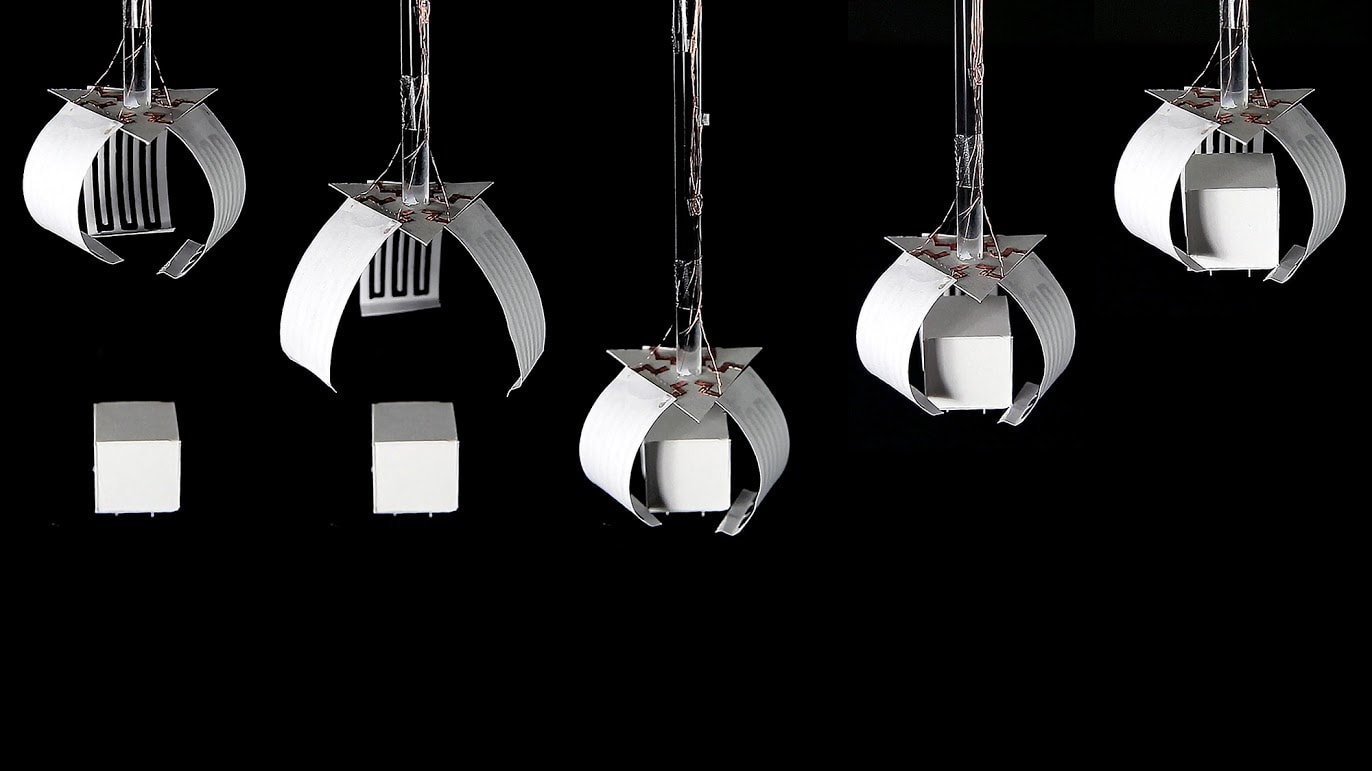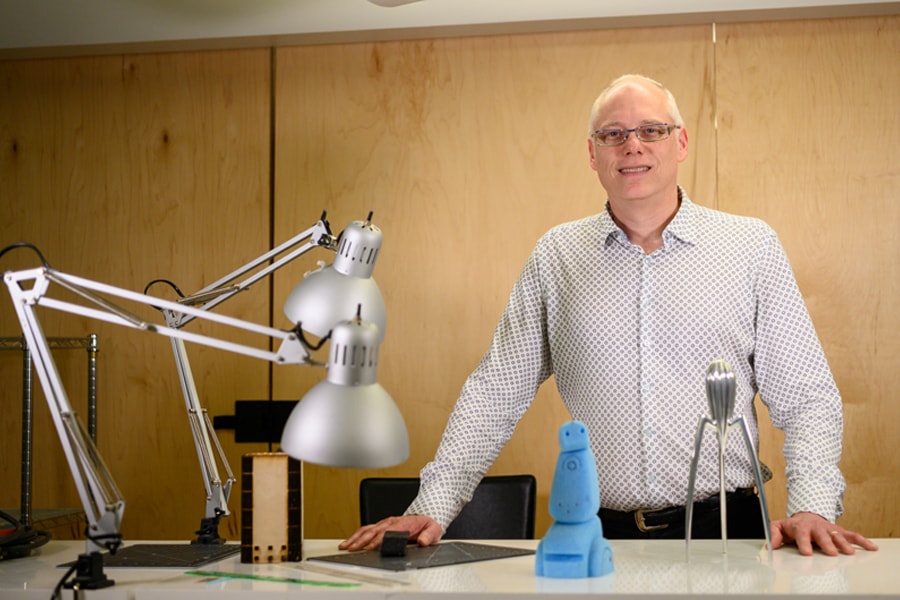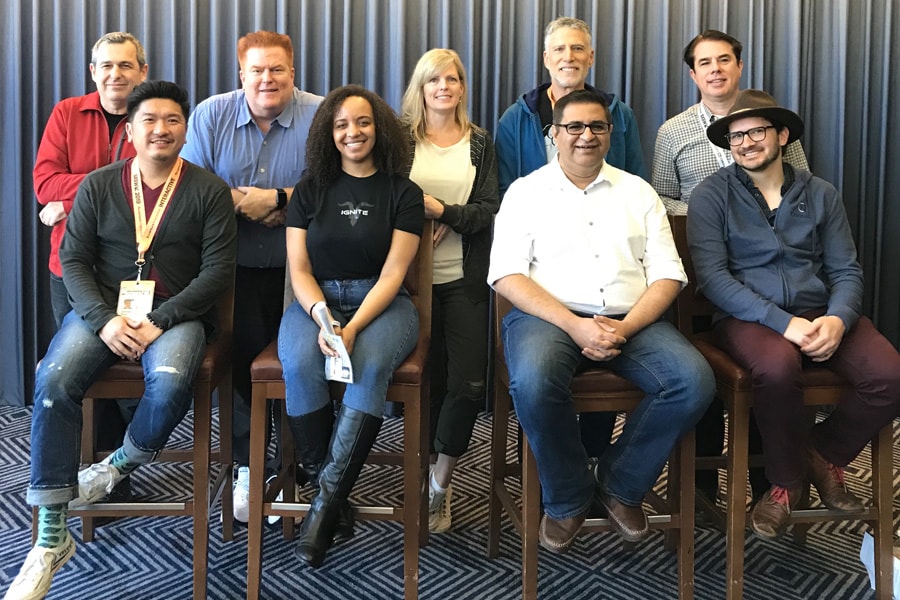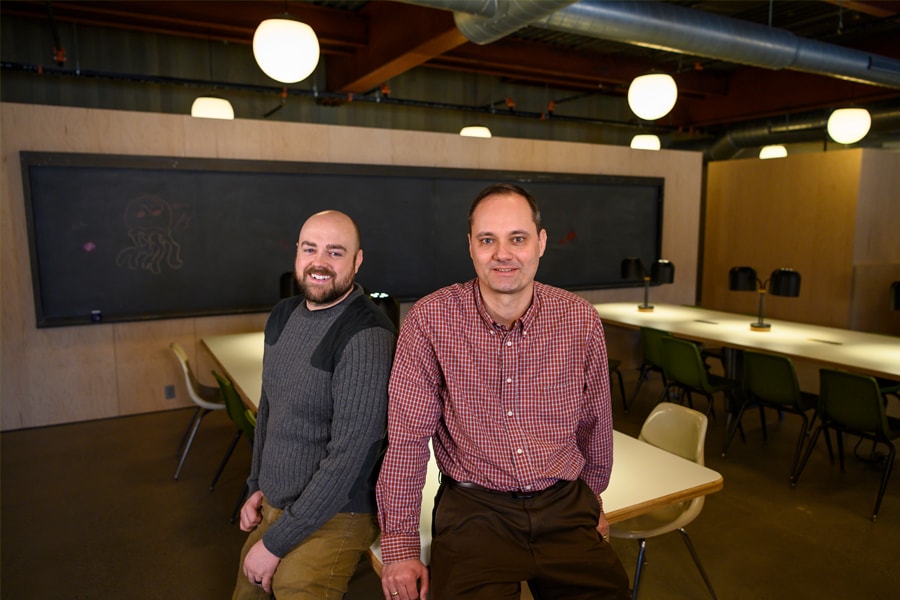Material That Moves
As the music starts, the dancer's body is cool and dry. The dancer is clothed in a colorful costume, a form-fitting second skin. Moves are rhythmic and effortless, rehearsed a thousand times until muscle memory replays them without flaw.
The exertion causes the body's core temperature to rise. Beads of sweat trickle down the dancer's forehead, neck and back. The fabric of the costume, genetically modified and made of bacteria, responds to the dancer's overheating state by opening a series of vents and allowing more air to cool the body. To see it without understanding the science behind it, one might call it magic.
The magic of Carnegie Mellon University's Lining Yao.
Reflecting the nature around us, Lining Yao's Morphing Matters Lab works to create responsive materials to improve the human condition.
Yao, an assistant professor at CMU's Human-Computer Interaction Institute, is the director of the Morphing Matter Lab. Yao created the dancer's bodysuit, a responsive material that opens cooling vents in response to a rise in body temperature, flat pasta that can take shapes when cooked, and flat-furniture that can self-assemble.
"In the field of morphing matter, materials are responsive and programmable," Yao said. "The pasta responds to water and swells. That's the way it transforms. The plastics we use all have shape memory. They can morph using heat."
Yao's lab aims to invent new responsive materials, as well as the advanced manufacturing techniques required to create products that utilize those materials to enhance the real world. Yao estimates that flat macaroni pasta can save 62 percent of packing space for shipping, creating a huge cost-and-space-savings.
"It empowers people to rethink how food could be cooked and consumed while saving resources for packing and shipping," Yao said. "This pasta could be rapidly deployed to disaster sites and even valuable for space travel. If we're talking about a multiyear mission to Mars, space aboard the shuttle will be at a premium."

A thin layer of conducting thermoplastic, applied to common paper with an inexpensive 3D printer or even painted by hand, serves as a low-cost, reversible actuator. When an electrical current is applied, the thermoplastic heats and expands, causing the paper to bend or fold; when the current is removed, the paper returns to a pre-determined shape.
One of the challenges presented by morphing matter is the complexity of its creation. A single self-shaping chair project requires design experts to create the shape of the chair, material scientists to shape the thermoplastic, and mechanical engineers to build the smart-machine for assembly. Projects that involve sensing, control or electronics require electrical engineers.
"I think the merging of so many disciplines in order to rethink what can be done to manipulate physical matter is exciting," Yao said. "Bringing more computation aspects into the design of morphing matter is a unique asset that Carnegie Mellon offers."
Yao is delivering a talk at the SXSW conference called "Morphing into the Future: 'Shapeshifter' Materials" on March 12. "I'm excited to share the concept of morphing matter with the SXSW audience. A diverse community with backgrounds ranging from art to science could give birth to new directions for the future of morphing matter."



